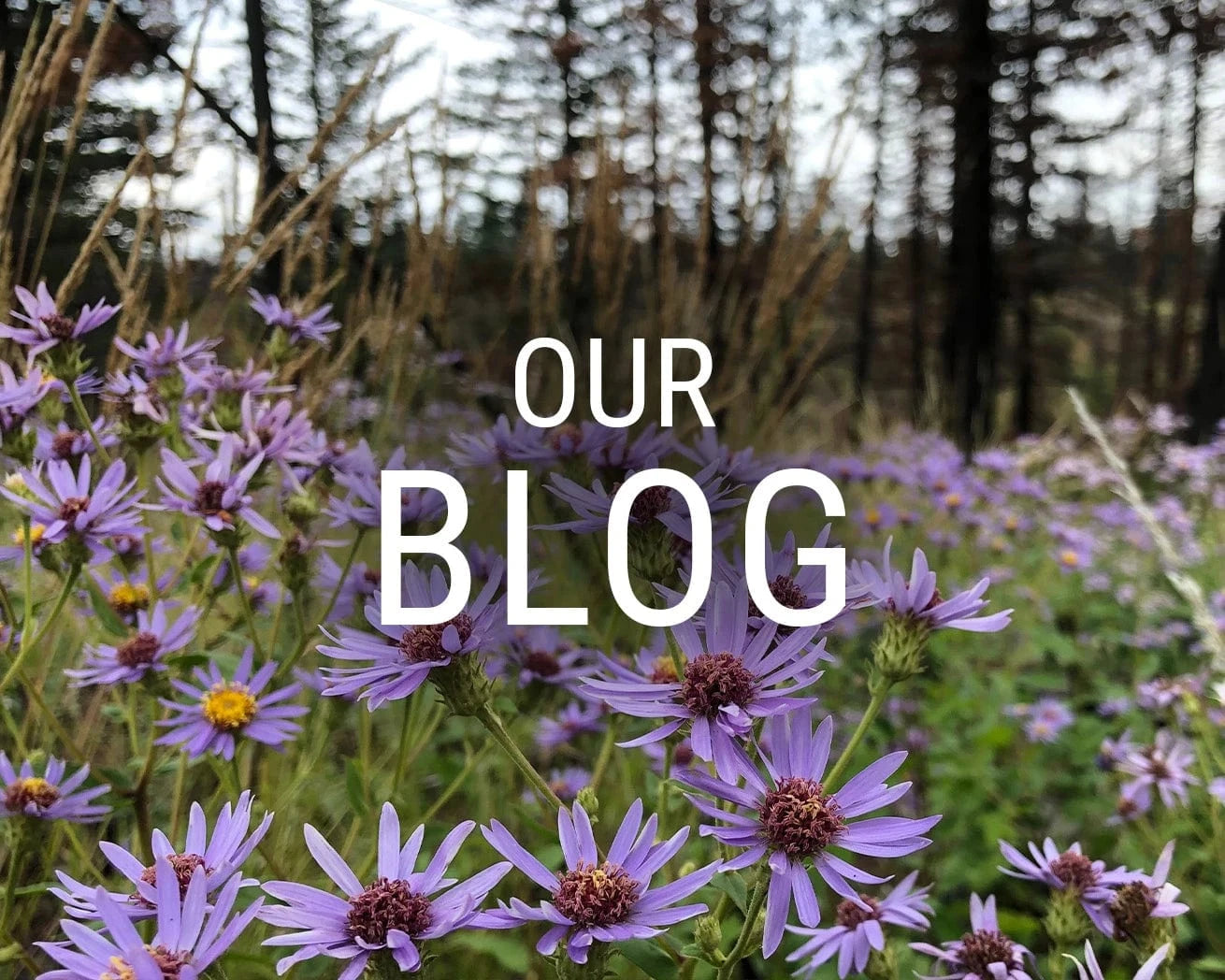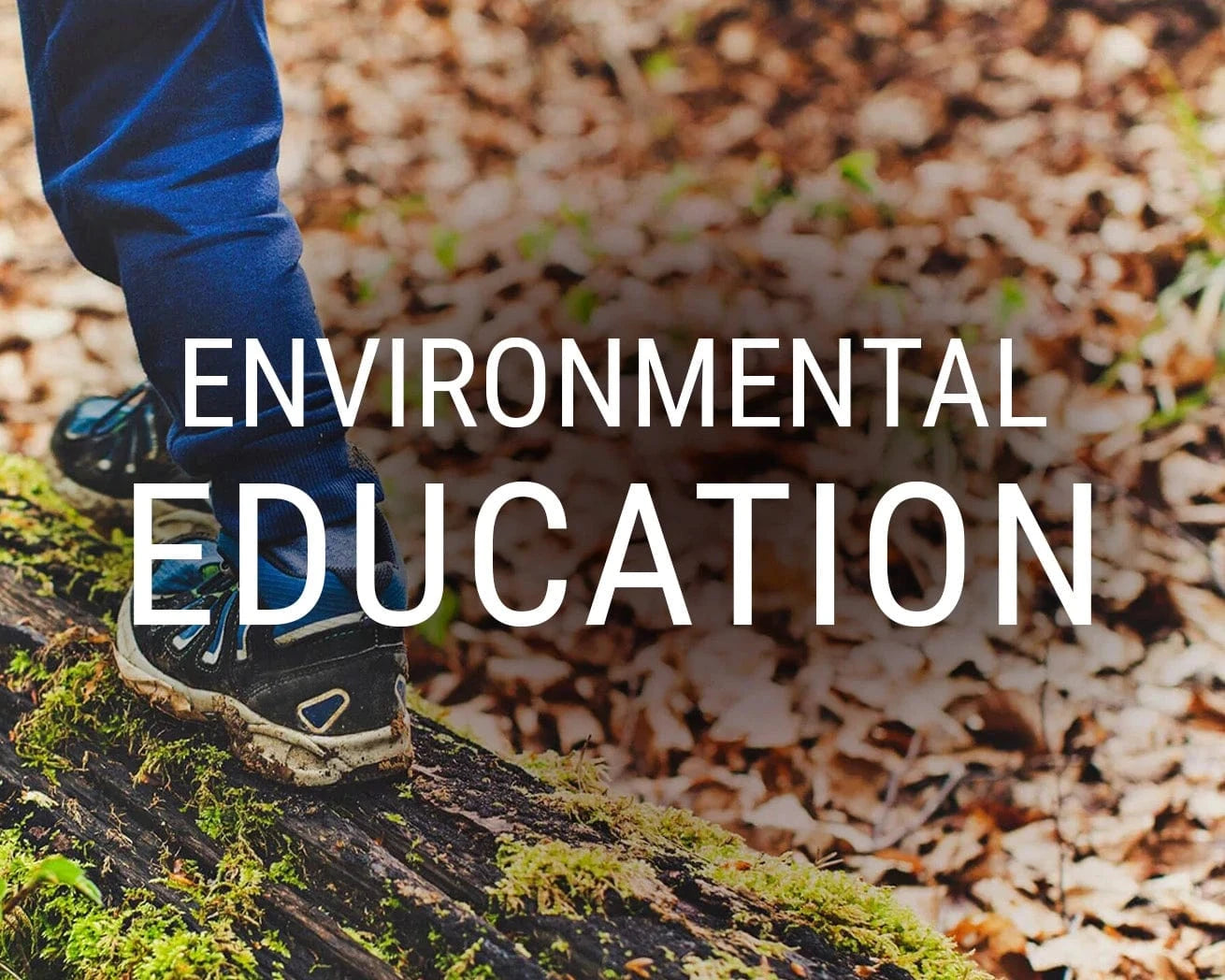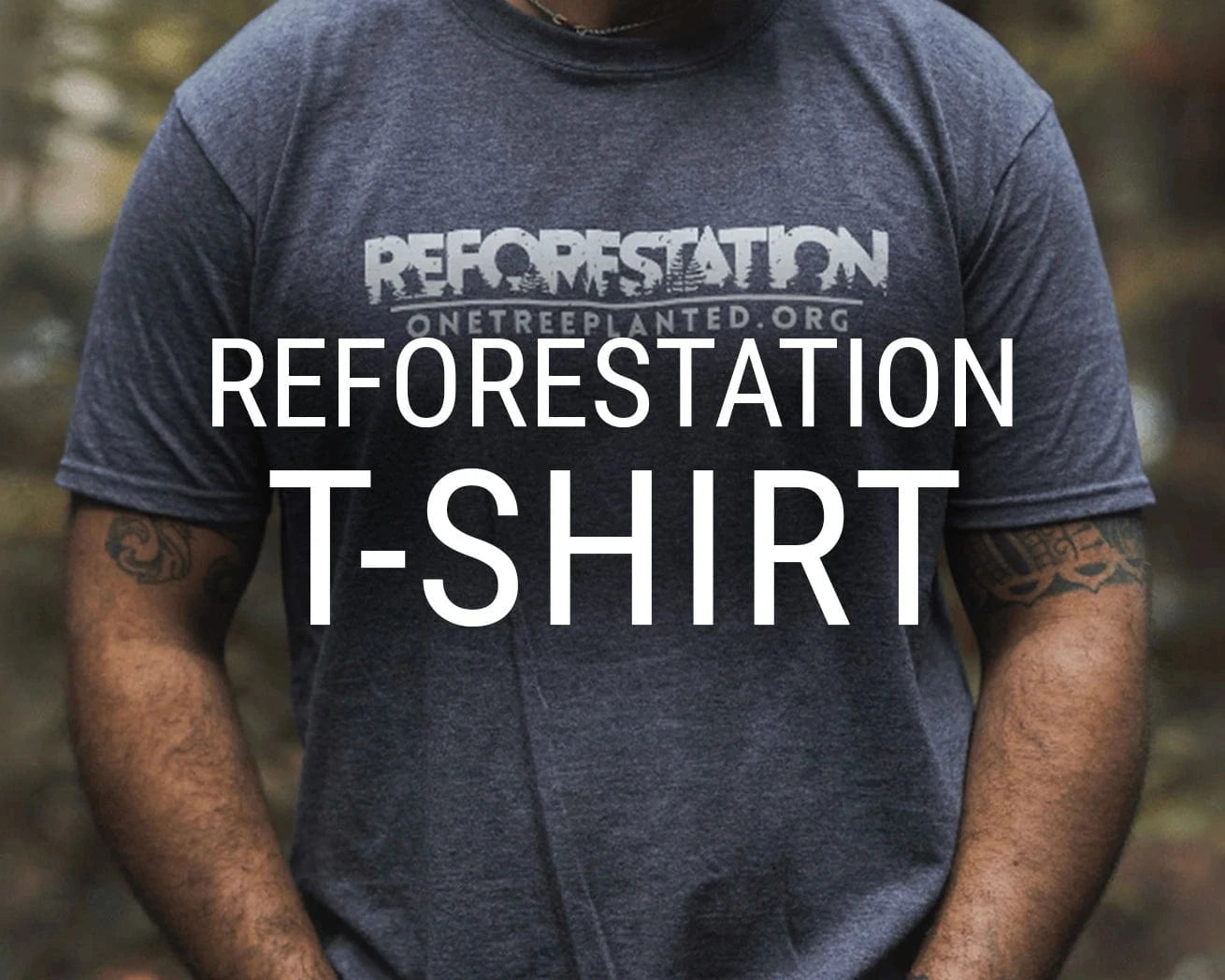Plant Trees
Plant trees for impact and help restore ecosystems around the world! Plant a Tree!

Plant trees for impact and help restore ecosystems around the world! Plant a Tree!
About
Stay up to date on major announcements, exciting collaborations, and more. Visit our Newsroom
We make it simple for anyone to plant trees, and together we can make an incredible impact. Learn more

Stay up to date on major announcements, exciting collaborations, and more. Visit our Newsroom

We make it simple for anyone to plant trees, and together we can make an incredible impact. Learn more
Get Involved
Become a business partner to improve your company’s sustainability initiatives and make an impact. Learn more
See how your support and leadership can help us fund reforestation efforts across the globe. Learn more

Become a business partner to improve your company’s sustainability initiatives and make an impact. Learn more

See how your support and leadership can help us fund reforestation efforts across the globe. Learn more
Learn
Read about stories from the field, interesting facts about trees and get your healthy dose of nature. Visit our blog
Comprised of lesson plans, learning modules, resources, and activities, our T.R.E.E.S. School Program is the perfect addition to your curriculum. Learn more

Read about stories from the field, interesting facts about trees and get your healthy dose of nature. Visit our blog

Comprised of lesson plans, learning modules, resources, and activities, our T.R.E.E.S. School Program is the perfect addition to your curriculum. Learn more
Shop
Our fan-favorite Reforestation T-Shirt. Wear it with pride to show your support of reforesting our planet, one tree at a time. Shop now
Give the gift that lasts a lifetime! Choose an image, write your personalized message and select a delivery date to gift a tree. Gift a tree

Our fan-favorite Reforestation T-Shirt. Wear it with pride to show your support of reforesting our planet, one tree at a time. Shop now

Give the gift that lasts a lifetime! Choose an image, write your personalized message and select a delivery date to gift a tree. Gift a tree
Get Involved
Plant Trees
3 Ways Planting Trees Helps to Reduce The Urban Heat Island Effect

Get news, updates, & event Info delivered right to your inbox:
Heat Waves And Rising Air Temperatures Are Presenting Challenges — Especially When It Comes to Urban Heat Islands
At a time when countries around the world are experiencing record-high temperatures and heat waves, the need to address urban heat and climate change is front and center. Compounded by the heat island effect, cities worldwide are experiencing days of extreme heat exposure at 3x the rate they did in 1980 — and with that comes a sharp rise in heat-related illnesses. In fact, research shows that heat already kills more people in the US than hurricanes, tornadoes and other extreme weather events, contributing to an estimated 12,000 deaths per year.
An important part of the solution? Trees. Scientists have found that when done thoughtfully, planting urban trees and enhancing urban forests and urban green canopy can lower air temperatures in city neighborhoods by around 10 degrees. And in a rapidly warming world, that could literally mean the difference between life and death.

What Are Urban Heat Islands?
Simply put, urban heat islands are areas within urban and suburban environments that experience elevated temperatures — especially when compared to rural areas.
When homes, businesses and industrial buildings are built close together, they generate, trap and store heat, which significantly increases surrounding air temperatures. And whether it's driving a car or powering a factory, any time people burn off energy, they're probably generating heat. When there are a lot of people engaged in a lot of activities close together, this "waste heat" can combine with other heat sources to add up to a pretty significant temperature increase. In heavily populated areas with tall, close-together buildings and busy roadways, there's little opportunity for the hot air to escape, thus creating Urban Heat Islands.
According to the US EPA, "the annual mean air temperature of a city with one million or more people can be 1.8 to 5.4°F (1 to 3°C) warmer than its surroundings — and on a clear, calm night, this temperature difference can be as much as 22°F (12°C)." Given the rise of heat waves and record-setting temperatures, we probably don't need to tell you that that's a big deal. And as you may have guessed, Urban Heat Islands are especially pronounced in larger cities, but smaller cities and towns also produce them.
There are two types of heat islands: surface heat islands and atmospheric heat islands. In general, temperatures are different at the earth's surface and at the atmospheric level, which is the air high above the city.
- Surface Heat Islands: Man-made surfaces like roadways and rooftops absorb and emit significantly more heat than natural surfaces like grass and soil. And studies have shown that on a warm day with a temperature of 91°F, conventional roofing materials may reach as high as 60°F warmer than air temperatures. Surface heat islands tend to be most intense during the day when the sun is shining.
- Atmospheric Heat Islands: These heat islands are defined as the warmer air found in urban areas as compared to cooler air in less heavily settled areas. Typically weaker during the late morning and throughout the daytime hours, they form as a result of the slow release of solar heat that has been absorbed by buildings, concrete surfaces and other built materials throughout the day.
How Does Planting Urban Trees And Creating Urban Green Spaces Help To Reduce Temperatures?

1. Trees Provide Shade
If you've ever enjoyed the shade of a tree on a hot summer day, we don't need to explain the importance of green urban spaces! Trees and vegetation reduce surface and air temperatures by providing shade — in fact, shaded surfaces, for example, can be as much as 20–45°F cooler than unshaded areas at peak temperature. How? During the sunnier seasons, an urban tree's leaves and branches only allow about 10-30% of solar radiation to reach the area below their canopy. The rest of the solar energy is absorbed through the tree's leaves for photosynthesis — or reflected back into the atmosphere. To harness this powerful benefit, trees should be planted in strategic locations around buildings or paved areas like streets and parking lots.

2. Trees Help With Evapotranspiration
Simply put, evaporation is the process of transferring moisture from the earth into the atmosphere. Trees and plants do this by absorbing water through their roots and releasing it via their leaves when solar rays hit their canopy. Water is also released as vapor gas from plant surfaces like the trunk, and the surrounding soil. Evapotranspiration, alone or in combination with shading, can help to reduce peak summer temperatures by an estimated 2–9°F (1–5°C). In fact, a large oak tree can transpire approximately 40,000 gallons of water per year. This process reduces temperatures by taking heat from the air and using it to evaporate the water, similarly to how sweating helps cool our skin. This reduces the amount of energy that's left to heat up the surrounding air.

3. Trees Reduce Energy Use
According to the US Department of Energy, carefully positioned trees can reduce a home’s energy costs by 25% — including air conditioning. While switching to renewable energy would also help, this reduces the pressure that's put on our power grid during heat waves, helping to prevent catastrophic power failures. How? Research shows that planting deciduous trees in strategic locations around buildings helps to reduce the amount of solar energy that they absorb — especially if these trees shade windows and part of the building’s roof. At a time when extreme heat forces urban dwellers to rely on air conditioning to stay safe, this is more vital than ever. Another benefit? When fans and air conditioners don't have to run as much, they release less "waste heat" into the atmosphere.
Case Study: Urban Heat in Miami
Last fall, members of our Ubran Forestry team conducted research at an urban forest installation in Miama, FL. Using heat traps, they recorded temperatures both outside of the installation and inside to determine how much the trees reduced temperatures. Read the PDF Case Study to learn about their findings!

How One Tree Planted Is Working To Plant Urban Trees And Reduce Urban Heat Around The World
Urban trees are the hardest working trees we plant, and the real measurement here is not the cost per tree, or even the number of trees planted: it's the number of people whose daily lives are positively impacted. Here's one urban forestry project that is making a difference in an area that's disproportionately affected by rising temperatures:

Planting Trees at a Title I Elementary School in Phoenix, AZ
With temperatures that regularly rise above 100 degrees F, Phoenix, Arizona is considered America's hottest city. In fact, they're already experiencing temperatures that are 2.5 degrees hotter than they were in the middle of the last century, and this is only projected to increase. Researchers at the School of Geographical Sciences & Urban Planning at Arizona State University ran decade-long climate simulations and found that, when compared with conditions in 2000, Phoenix and other fast growing Sunbelt cities will see the “largest relative changes in population heat exposure."
To help address this, our awesome partner Trees Matter planted 33 15-gallon trees and engaged approximately 1,000 students and staff at a Title I school that's located near a highway and many asphalt-heavy industries. As part of the effort, students learned about the importance of planting trees, and each class spent 30 minutes helping to get them in the ground. They even got to name the trees they planted, which will help foster a deeper connection.
Our partner plans to have a lasting relationship with the elementary school and will continue to engage with staff and students long after the planting. Teachers will be given free access to teaching environmental education resources to continue student engagement with their school’s canopy, including a database with over 200 resources, lesson plans, and tree inventory activity boxes.
Thanks to a history of under-investment — and a high concentration of asphalt concrete and other heat-absorbing materials — West Phoenix is greatly affected by tree inequity and the Urban Heat Island effect. As a result, heat illness is critically high and air conditioning is a major expense. Fortunately, the planted trees will help to reduce costs, as well as the pressure put on these systems at the school. In addition to cooling the school buildings, trees will help cool down the playground and fields, allowing kids to play more safely outside. In this area, our partner has seen that trees can reduce surface temperatures by up 10-15 degrees!
In addition to the above mentioned benefits — and with the help of the iTree Design tool — our partners determined that in this year alone, the planted trees will:
- Intercept 1,117 gallons of rainfall
- Conserve energy from AC needs (1,698 kWh) and heating needs (3.5 therms)
- Remove 4 pounds of air pollutants like ozone, carbon monoxide, and other particulates
- Reduce atmospheric CO2 emissions by 2,360 pounds.
In the context of a rapidly changing climate, planting trees is an essential strategy to protect urban populations and reduce climate change. Want to learn more about Urban Forestry and how you can get involved? Check out this article that explains all things urban forestry, written by our Senior Urban Forestry Manager, Tanner! Looking for a way to make an impact today? Consider planting trees through our Fund for Urban Forestry!
Get news, updates, & event Info delivered right to your inbox:
Meaghan Weeden
Meaghan works to share our story far and wide, manages our blog calendar, coordinates with the team on projects + campaigns, and ensures our brand voice is reflected across channels. With a background in communications and an education in environmental conservation, she is passionate about leveraging her creativity to help the environment!
Related Posts
15 Amazing Trees to Remind You Why Nature is Awesome
01/08/2023 by Meaghan Weeden
Good News! 7 Positive Environmental News Stories From July 2023
27/07/2023 by Gabrielle Clawson
5 Important Tree Species You Need to Know
27/07/2023 by Gabrielle Clawson
Popular On One Tree Planted
8 Amazing Bamboo Facts
18/07/2023 by Meaghan Weeden
Inspirational Quotes About Trees
11/07/2023 by Meaghan Weeden
27 Ways to Prevent Climate Change
13/06/2023 by Meaghan Weeden





